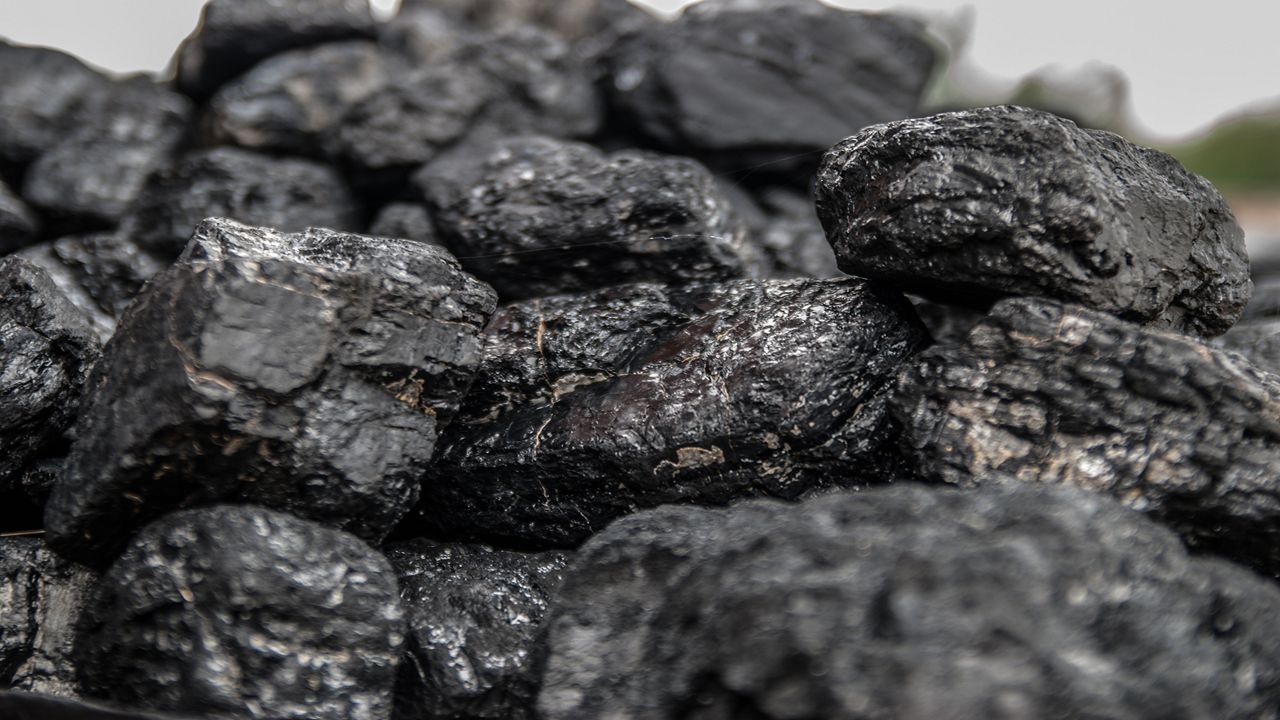LEXINGTON, Ky. — Abandoned. Dormant. Idled. Zombie. These are some of the words used by those in the coal mining industry to describe shuttered coal mines, which are plentiful in Kentucky because of the industry’s decline.
What You Need To Know
- Decline of coal mining has led to a high number of bankruptcy filings
- Environmental and safety violations continue piling up at surface coal mines
- More than 800 notices of noncompliance are active
- Kentucky Energy and Environment Cabinet spokesperson says getting money for violations is not as easy as it seems
Many Kentucky mines were tagged with multiple safety and environmental violations while operating, and although the mines have closed, the violations still exist and, as research shows, have yet to be addressed.
Enforcement data from 2013 through this past February obtained by Inside Climate News through a Freedom of Information Act request, which included internal emails among employees of the Kentucky Energy and Environment Cabinet, show a rising number of violations at surface mines that state regulators have failed to bring into compliance.
According to the Environmental Protection Agency (EPA), surface mining in Central Appalachia has several major effects on the environment. To get underground seams of coal, mining companies remove all or parts of the tops of mountains, a process also commonly referred to as mountaintop removal mining. With mountaintop removal, the top of a mountain is blasted away and the waste rock and other debris is shoved into nearby valleys. The EPA has determined this method worsens water quality in the mine’s area, increases stream flows, decimates large tracts of forest and displaces plant and wildlife. When inspectors determine mining companies are not using methods that minimize the environmental impact, a violation is issued and results in a fine. Many mines cease, or slow operating, or go bankrupt, while still owing the fines levied for violations.
Mary Varson Cromer, an attorney and deputy director of the Appalachian Citizens’ Law Center in Whitesburg, told James Bruggers of Inside Climate News that data shows there are many “zombie” coal mines, which are operations that have been idled, sometimes for years, without the required reclamation work being done on those sites.
According to Inside Climate News, a state official wrote in an email on Dec. 15, 2021, that 810 notices of noncompliance with surface mining regulations were active, a record high. John Mura, spokesperson for the Kentucky Energy and Environment Cabinet, explained the data by looking at the “unprecedented number of bankruptcies’’ caused by the decline of coal mining operations in the Commonwealth.
“The government money that’s coming for abandoned mine lands is for historic mine land, to protect the surrounding areas from slides or whatever else could be threatening,” Mura said in a phone interview. “That’s a completely different subset of money. The land we are talking about is the responsibility of the owner. These violations were in place when they went out of business. They’re still responsible for them.”
The U.S. Energy Information Agency (EIA) forecasts coal production nationally rising 7% in 2022 and 2% in 2023, driven in part by increasing exports and refilling power plant inventories that were depleted during the pandemic. In Kentucky, production rose 12.6% during the fourth quarter of 2021 compared to the same period in 2020, after declining sharply over the previous decade. Kentucky still has about 20% of all coal mines in the country, third-highest behind West Virginia and Pennsylvania, according to EIA data.
In 1977, Congress passed the Surface Mining Control and Reclamation Act, which prevented coal companies from simply abandoning mines when they idled, as they had historically done.
Mura said Kentucky’s lack of enforcement could result from fearing that aggressively going after the payments would force the companies into insolvency.
“Getting these payments depends on where they are in the bankruptcy process,” he said. “Filing bankruptcy can hinder our ability to go after this money, which is why some of these violations continue to accrue and nothing is being done. We still have to inspect the properties and we still have to write violations if the regulations are not being followed. But it, of course, can preclude any work being done until there is a bankruptcy settlement. If a company is in bankruptcy, then it’s just not paying anything.”
Kentucky’s reclamation liability ranges from $1.9 billion to $2.4 billion, compared to companies’ bonds of about $888 million, according to a July 2021 report by Appalachian Voices, an environmental group.



